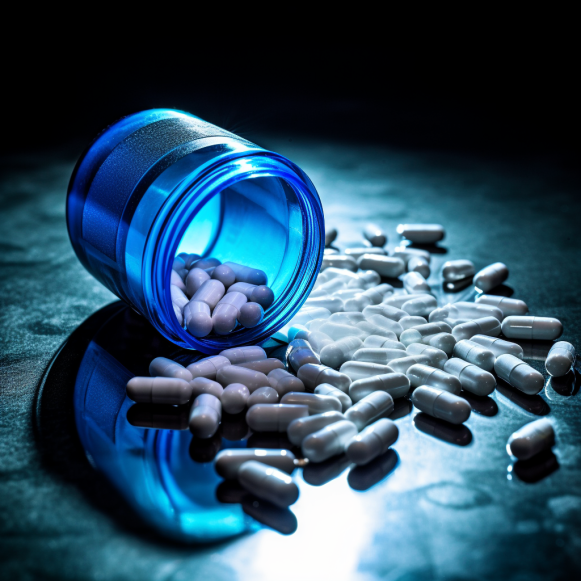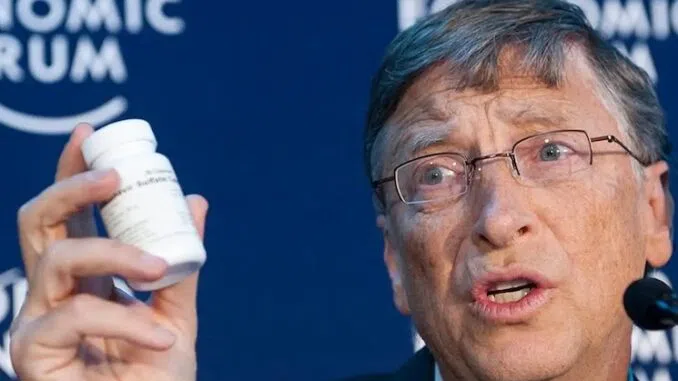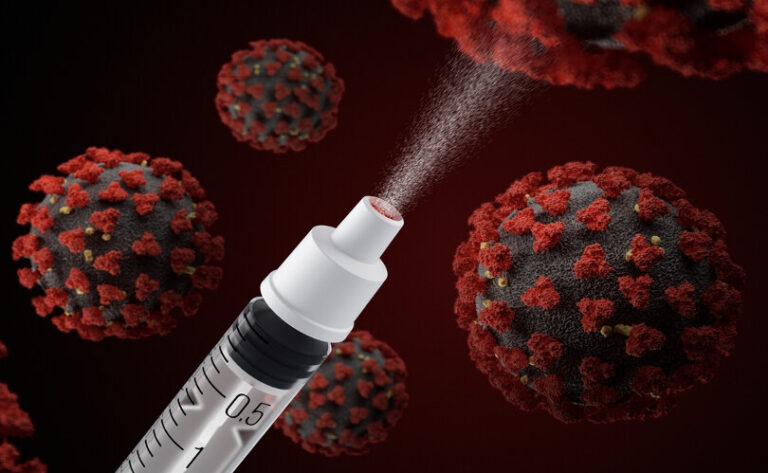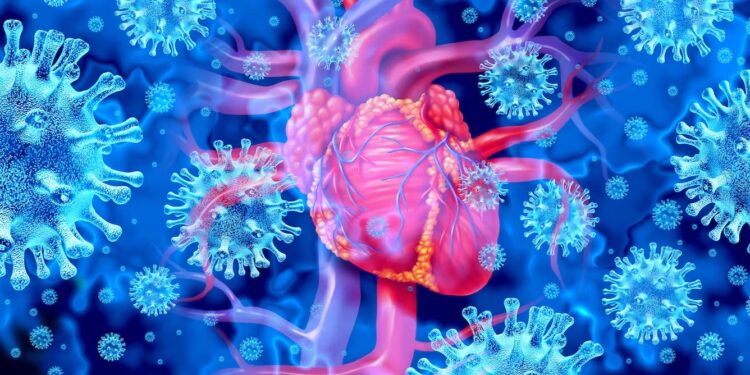One in Five Pfizer Drug Users Experience COVID-19 Rebound: Study

Many Paxlovid recipients have suffered from renewed symptoms.
According to a new study, approximately 20% of Paxlovid recipients experience COVID-19 rebound.
According to the researchers, 20.8 percent of those who took Pfizer’s drug, also known as nirmatrelvir, experienced virologic rebound. In comparison, only 1.8 people received no COVID-19 treatment.
A rebound was defined as a positive test after a previous negative result or a persistently high viral load.
The virologic rebound was linked to a significantly longer period of virus shedding. The shedding period was 14 days on average among those who received Paxlovid, which was significantly longer than the three-day median in the untreated group.
“We conducted this study to address lingering questions about Paxlovid and virologic rebound in COVID-19 treatment,” said Dr. Mark Siedner, an infectious disease clinician and researcher in the Division of Infectious Diseases at Massachusetts General Hospital.
“We found that the virologic rebound phenomenon was much more common than expected—in over 20 percent of people taking Paxlovid—and that individuals shed live virus when experiencing a rebound, implying the potential for transmission after initially recovering from the virus,” he went on to say.
The Annals of Internal Medicine published the study.
The National Institutes of Health (NIH) in the United States provided funding.
“We are continuing to monitor the data, but believe the return of elevated, detected nasal viral RNA—also known as viral rebound or COVID-19 rebound—is not uniquely associated with any specific treatment,” Pfizer said in a statement to the media. “We remain very confident in Paxlovid’s clinical effectiveness at preventing severe outcomes from COVID-19 in patients at increased risk.”
Although Paxlovid’s drug has been shown in some studies to help prevent the progression to severe COVID-19 in high-risk adults, a trial found that it did not reduce all-cause mortality or the duration of clearance in hospitalized patients with comorbidities.
Paxlovid has been approved for use as a COVID-19 treatment, and the Centers for Disease Control and Prevention recommends that anyone aged 12 and up who has mild to moderate COVID-19 take it “as soon as possible.”
The medication is taken in conjunction with ritonavir, a protease inhibitor commonly used to treat HIV.
According to the NIH COVID-19 treatment guidelines, “viral rebound and the recurrence of COVID-19 symptoms in some patients who have completed treatment with ritonavir-boosted nirmatrelvir.”
“The frequency, mechanism, and clinical implications of these events are unclear,” according to the guidelines.
The guidelines state that some people experience a rebound of symptoms even if they have not received Paxlovid.
The rebound was observed in both a Pfizer trial and in observational studies.
In 2022, for example, researchers reported that seven people experienced rebounds and had high viral loads, or the ability to transmit easily, for a median of 17 days after being diagnosed.
Thirteen additional cases were described in a subsequent paper published several months later.
Another study published in February found that 19% of Paxlovid recipients experienced symptom rebound, compared to 7% of controls.
The majority of rebound cases do not have severe symptoms.
No patients died in the new study, regardless of whether they received Pfizer’s drug.
Thirteen of the fifteen Paxlovid recipients who had a rebound experienced symptoms, with seven experiencing new or renewed symptoms.
People who waited an extra day or two before starting Paxlovid were less likely to experience viral rebound (VR), according to the researchers.
“This finding, in conjunction with the lack of drug resistance-associated mutations after VR events, raises the question of whether VR might result from incomplete viral eradication in some persons during the currently recommended 5 days of treatment,” they said in a statement. Future studies could compare the effect of longer durations of N-R therapy on rebound incidence to test this hypothesis.”
The researchers compared 72 Paxlovid recipients to 55 untreated people in the study.

The patient data came from the Post-vaccination Viral Characteristics Study, with people testing positive and/or receiving a prescription between March 2022 and March 2023 at the Mass General Brigham.
People who had previously received COVID-19 therapy were not eligible.
The paper’s limitations include its small sample size.
Pfizer funding was mentioned by some of the authors in their disclosures.
Paxlovid remains effective, according to Dr. Jonathan Li, a researcher at Brigham and Women’s Hospital who co-authored the paper, but the study “offers valuable insights to Paxlovid patients, helping them understand what to expect and how long they might be contagious.”
Several doctors wrote in the same journal that the newly presented data show that deciding when to use Paxlovid “is not straightforward and necessitates exploration of improved COVID-19 treatment management strategies and/or alternative oral therapies.” They stated that the current five-day course “is inadequate.”
According to the editorial, Pfizer should work to eliminate rebound cases, and the drugmaker is already researching whether a second course of treatment would help patients who do experience a rebound.





